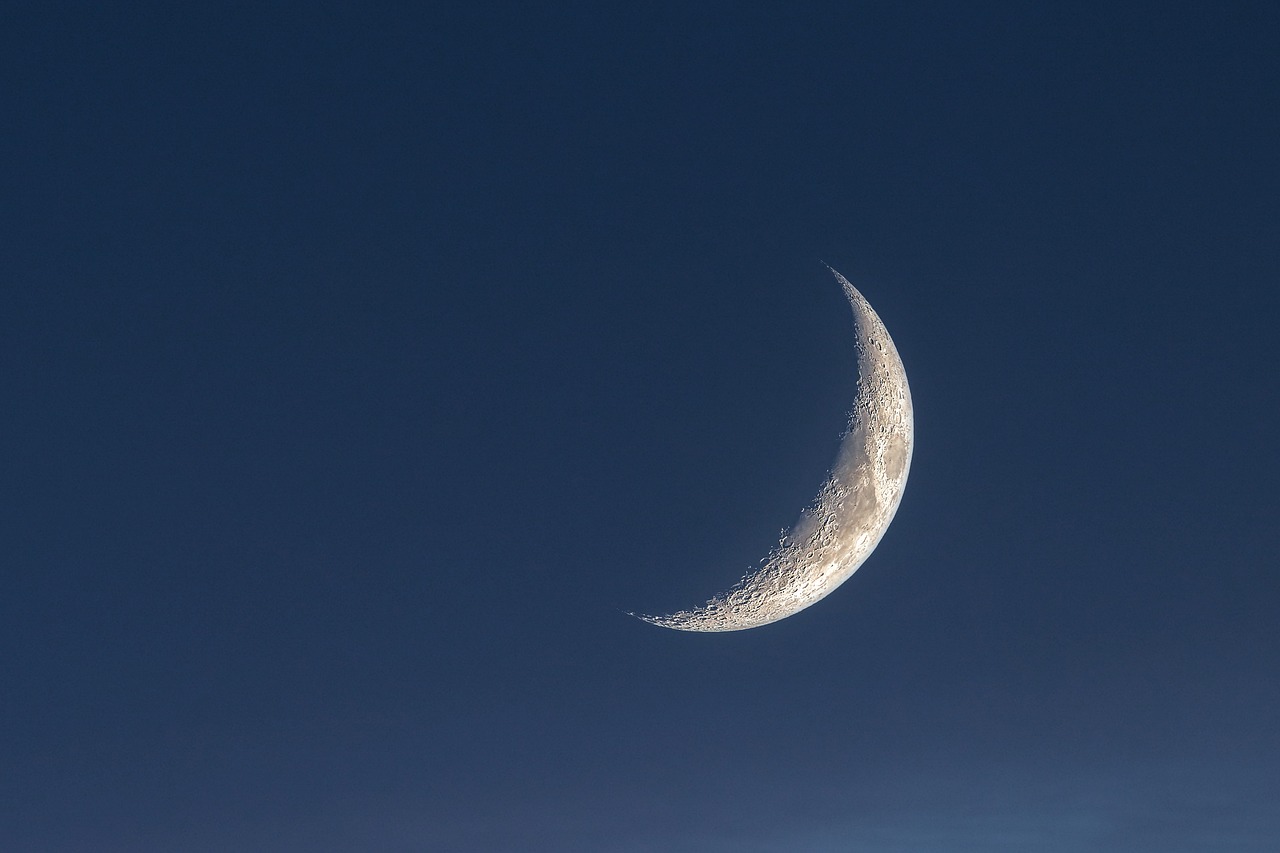The full moon has fascinated humanity since ancient times, influencing cultures, calendars, religions, and agriculture throughout history. This luminous celestial event occurs when the Moon is positioned directly opposite the Sun, with Earth between them, allowing the entire sunlit portion of the Moon to be visible from Earth. Understanding when full moons occur, their unique characteristics, and their cultural significance provides insight into both astronomical patterns and human traditions surrounding these captivating monthly occurrences.
Upcoming Full Moon Dates for 2025
For those planning activities around full moons in 2025, here is the complete schedule with dates, times (in Eastern Time), and traditional names:
| Date | Time (ET) | Traditional Name |
| January 13, 2025 | 6:26 AM | Wolf Moon |
| February 11, 2025 | 7:53 PM | Snow Moon |
| March 13, 2025 | 10:01 AM | Worm Moon |
| April 12, 2025 | 12:23 AM | Pink Moon |
| May 11, 2025 | 2:42 PM | Flower Moon |
| June 10, 2025 | 4:42 AM | Strawberry Moon |
| July 9, 2025 | 6:59 PM | Buck Moon |
| August 8, 2025 | 8:55 AM | Sturgeon Moon |
| September 6, 2025 | 10:59 PM | Harvest Moon |
| October 6, 2025 | 1:08 PM | Hunter’s Moon |
| November 5, 2025 | 3:19 AM | Beaver Moon |
| December 4, 2025 | 5:15 PM | Cold Moon |
Note: Times are given in Eastern Time (ET). For other time zones, conversions will be necessary.
Understanding the Full Moon Cycle
The full moon is part of the regular lunar cycle, which takes approximately 29.5 days to complete. This cycle, known as the synodic month, represents the time it takes for the Moon to go through all its phases as seen from Earth.
Lunar Phases
The complete lunar cycle includes:
- New Moon: The Moon is positioned between Earth and the Sun, with its dark side facing Earth
- Waxing Crescent: A sliver of the Moon becomes visible
- First Quarter: Half of the Moon appears illuminated
- Waxing Gibbous: More than half, but not yet fully illuminated
- Full Moon: The entire face of the Moon visible from Earth is illuminated
- Waning Gibbous: The illuminated portion begins to decrease
- Last Quarter: Half of the Moon appears illuminated, opposite side from First Quarter
- Waning Crescent: A sliver remains illuminated before returning to New Moon
The full moon phase itself doesn’t last for just a moment but can appear full to the casual observer for about three days, though technically it is only truly full for an instant when the Moon is exactly 180 degrees opposite the Sun in ecliptic longitude.
Special Types of Full Moons
Throughout the year, certain full moons have special designations based on their appearance or timing:
Supermoon
A supermoon occurs when a full moon coincides with the Moon’s closest approach to Earth in its orbit (perigee), making it appear larger and brighter than usual. Technically called a “perigee syzygy,” supermoons can appear up to 14% larger and 30% brighter than when the Moon is at its furthest point from Earth (apogee).
Blue Moon
Contrary to the phrase “once in a blue moon,” blue moons actually occur relatively frequently. There are two definitions:
- Seasonal Blue Moon: The third full moon in a season that contains four full moons (traditional definition)
- Monthly Blue Moon: The second full moon within a single calendar month (modern definition)
Despite the name, a blue moon doesn’t actually appear blue unless atmospheric conditions with certain-sized particles of dust or smoke create this rare visual effect.
Black Moon
Similar to a blue moon, a black moon has several definitions:
- Second new moon in a calendar month
- Third new moon in a season with four new moons
- No full moon in a month (possible only in February)
- No new moon in a month (possible only in February)
Blood Moon
A blood moon refers to the reddish appearance of the Moon during a total lunar eclipse. This occurs when Earth completely blocks direct sunlight from reaching the Moon, but some light filtered through Earth’s atmosphere illuminates the Moon with a reddish glow.
Harvest and Hunter’s Moons
These are the full moons closest to the autumnal equinox and the following full moon, respectively. Their timing historically provided extra evening light for farmers harvesting crops and hunters preparing for winter.
How to Calculate the Date of the Next Full Moon
While the dates provided above offer a reference for 2025, understanding how to determine when the next full moon will occur can be useful:
Simple Method
For a quick approximation, since the lunar cycle is about 29.5 days, you can add this amount to the date of the last full moon to estimate the next one.
Online Resources
Several reliable resources provide precise full moon information:
- NASA’s website
- Astronomical observatories’ calendars
- Weather service websites
- Astronomy apps
Moon Phase Calculators
Various online calculators allow you to input any date and receive information about the Moon’s phase for that day, including the dates of upcoming full moons.
Cultural Significance of Full Moons
Throughout human history, full moons have played important roles in various cultures around the world:
Agricultural Traditions
Before artificial lighting, the full moon provided crucial illumination for farmers. Many agricultural societies used lunar calendars to determine planting and harvesting times, with specific full moons marking important seasonal transitions.
Religious and Spiritual Significance
Full moons feature prominently in many religious calendars and practices:
- Buddhism: Many Buddhist festivals, including Vesak (Buddha’s birthday), are scheduled according to full moons
- Hinduism: Several Hindu festivals coincide with full moons, including Guru Purnima and Raksha Bandhan
- Judaism: The Hebrew calendar is lunar-based, with months beginning at the new moon
- Paganism and Wicca: Full moons are times of heightened spiritual energy and ritual observance
Folklore and Mythology
Rich traditions of folklore surround the full moon:
- Werewolf legends: The belief that humans transform into wolves during the full moon
- Lunar deities: Nearly every ancient culture had moon gods or goddesses
- Lunacy: The historical belief that the full moon affects mental health (origin of the word “lunacy”)
- Increased supernatural activity: Many cultures believed spiritual boundaries thinned during full moons
The Science Behind Full Moons
Beyond cultural beliefs, science offers explanations for full moon mechanics and effects:
Astronomical Mechanics
A full moon occurs when:
- The Moon is on the opposite side of Earth from the Sun
- The three bodies are nearly aligned (though not perfectly, or a lunar eclipse would occur)
- Earth’s rotation gradually reveals the full moon to different time zones
Illumination Effects
During a full moon:
- Moonlight is about 250,000 times weaker than sunlight, yet can still significantly illuminate the landscape
- The full moon rises at sunset and sets at sunrise
- Shadows cast by moonlight have softer edges than those cast by sunlight due to the Moon’s apparent size in the sky
Gravitational Effects
The Moon’s gravitational pull affects Earth in several ways:
- It creates tidal forces, which are strongest during new and full moons (creating “spring tides”)
- Tidal effects occur not just in oceans but in Earth’s crust and atmosphere
- The nearly 29.5-day cycle doesn’t match perfectly with our 30/31-day calendar months, causing full moons to shift dates month-to-month
Full Moon Observation Tips
For those interested in observing full moons:
Best Viewing Practices
- The full moon rises around sunset, making early evening an ideal viewing time
- Contrary to intuition, the full moon is actually not the best time for detailed lunar observation through telescopes because the direct sunlight washes out the contrast of surface features
- Days before or after the full moon, when shadows create contrast along the terminator (the line between light and dark), offer better viewing of craters and mountains
Photography Tips
- Use a tripod to stabilize your camera
- Employ the camera’s “spot metering” if available, as the Moon is a bright object against a dark background
- Consider using a telephoto lens (at least 200mm) to capture detail
- Bracket your exposures to ensure at least one good shot
- Include foreground elements to provide scale and context
Cultural Events
Many locations around the world host full moon events:
- Full moon hikes in national and state parks
- Cultural festivals timed to coincide with full moons
- Moonrise gatherings at scenic locations
- Full moon yoga and meditation sessions
Common Questions About Full Moons
Does the Full Moon Affect Human Behavior?
Scientific research has produced mixed results:
- Most large-scale studies find no significant correlation between the full moon and human behavior
- Some studies suggest subtle effects on sleep quality, with people taking slightly longer to fall asleep and having reduced deep sleep
- Emergency room visits show inconsistent correlations with lunar phases
- The belief in lunar effects (the “lunar effect”) remains stronger than the scientific evidence supporting it
Are There More Births During Full Moons?
Despite persistent beliefs among hospital staff:
- Large-scale statistical analyses have found no significant increase in birth rates during full moons
- The perception may result from confirmation bias, where memorable busy nights happen to coincide with full moons
Does the Full Moon Affect Animals?
Some animal behaviors do appear correlated with lunar cycles:
- Marine organisms often synchronize reproduction with lunar and tidal cycles
- Some nocturnal animals adjust their behavior during brightly lit full moon nights
- Prey species may be more cautious during full moons due to increased visibility
- Predators may alter hunting strategies based on illumination levels
Global Full Moon Celebrations and Traditions
Asia
- China: The Mid-Autumn Festival (Moon Festival) celebrates the harvest moon with mooncakes, lanterns, and family gatherings
- Japan: Tsukimi celebrations involve viewing the autumn moon while eating rice dumplings
- Thailand: The Loy Krathong festival occurs on the full moon of the 12th month in the traditional Thai lunar calendar
- India: Guru Purnima honors teachers and spiritual guides during the full moon in Ashadha (June-July)
Europe
- Greece: Ancient Greeks held festivals honoring Artemis, goddess of the moon
- United Kingdom: Glastonbury Tor attracts full moon pilgrims year-round
- Romania: Traditional folklore includes various full moon superstitions and rituals
Americas
- Native American traditions: Many tribes tracked “moons” rather than months, with each full moon named for seasonal activities
- Modern United States: Full moon paddling trips, night hikes, and astronomy events have become popular
- Caribbean: Various full moon beach parties have become tourist attractions
Africa
- Tanzania: Some Maasai communities hold ceremonies during full moons
- South Africa: Full moon hiking at Lion’s Head in Cape Town has become a modern tradition
Conclusion
The full moon continues to captivate humanity as it has for thousands of years. Whether you’re planning outdoor activities that benefit from natural illumination, engaging in cultural or spiritual practices tied to lunar cycles, or simply appreciating the beauty of Earth’s natural satellite, knowing when to expect the next full moon connects us to both astronomical cycles and human traditions.
With a full moon occurring approximately every 29.5 days, there’s never too long to wait until the next opportunity to gaze upward and appreciate this celestial spectacle that has inspired art, science, mythology, and wonder throughout human history. Whether the next full moon brings a special designation like a supermoon, coincides with an eclipse, or is simply the regular monthly occurrence, each presents a moment to pause and look upward, connecting us to the natural rhythms that have guided humanity for millennia.





